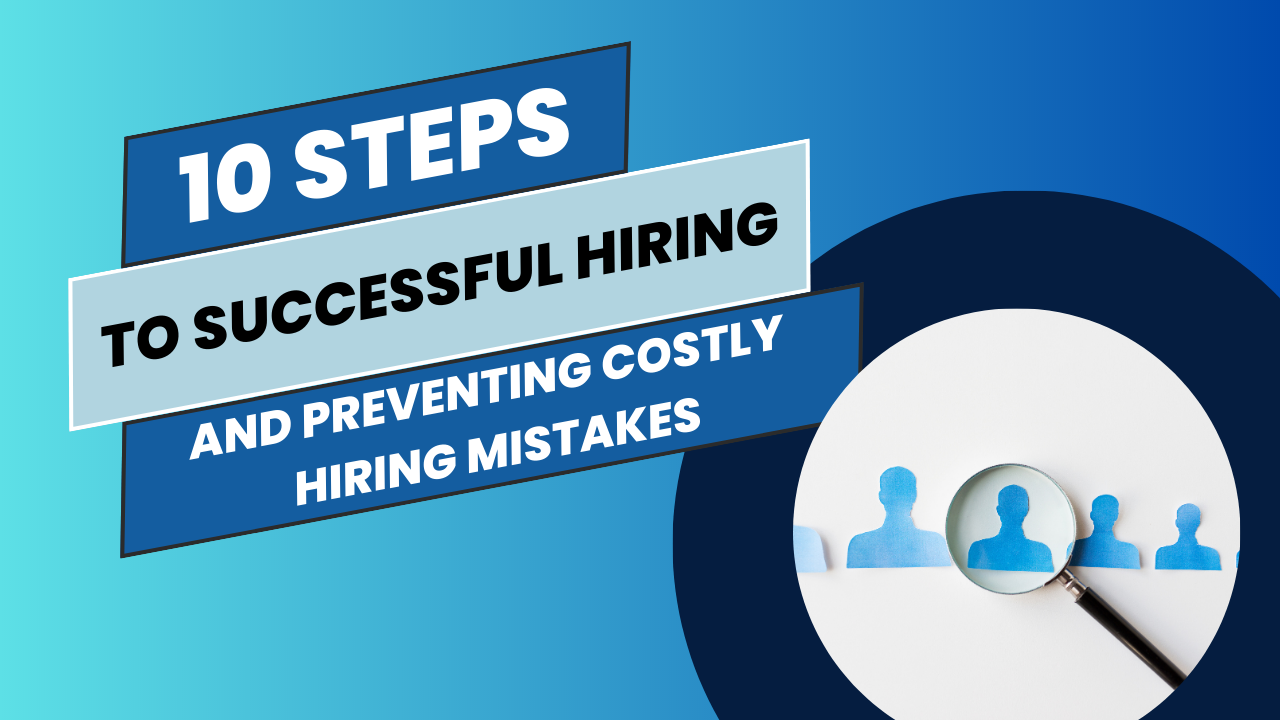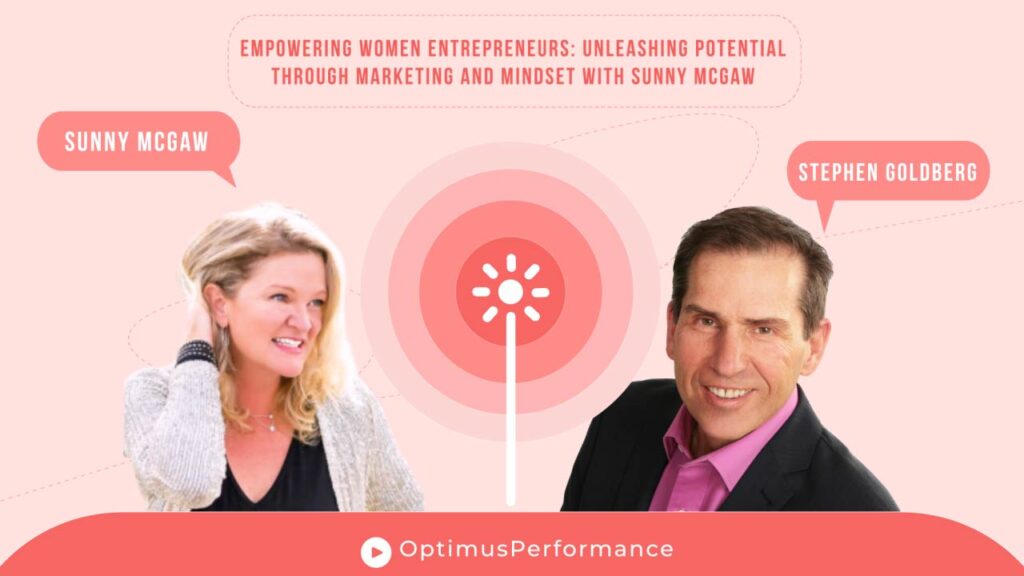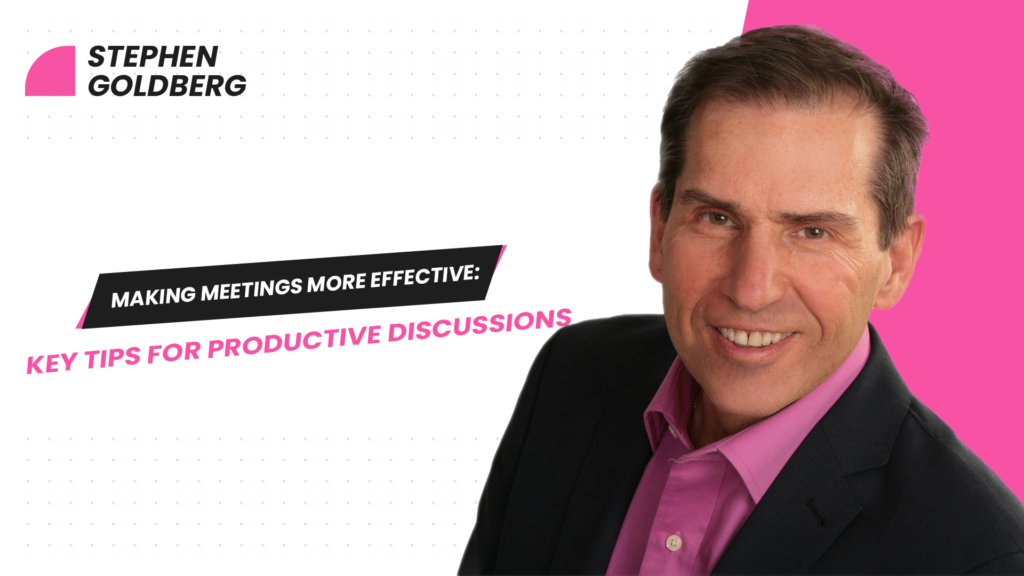
Imagine a scenario where a high-paid executive is recruited, only to face termination within three months, along with a significant one-year severance package exceeding $230,000. This situation, reported in 2016, highlights the importance of strategic hiring practices.
Insights gleaned from an Oxford Economics study further underscore the costs associated with replacing staff members, which can surpass $40,000. These costs encompass diminished productivity during the onboarding of new hires and recruitment expenses.
To curtail these expenditures and reduce turnover, follow this concise checklist of actions to ensure optimal candidate selection:
Crafting an Effective Job Description
Write a comprehensive job description that accurately reflects the role’s responsibilities. I have an article that discusses more about writing a compelling job description. Check it out here.
Creating a Distinctive Job Advertisement
Formulate an enticing job advertisement that sets your company apart, particularly in competitive industries.
Soliciting Motivational Letters from Candidates
Request candidates to express their suitability for the role, showcasing their motivation and communication skills.
Building an Engaging Career Page
Construct a webpage that showcases your company as an attractive workplace through images, videos, and employee narratives.
Strategically Advertising the Job
Promote the position on suitable platforms, leveraging word-of-mouth referrals from various sources. You can learn more here.
Harnessing Online Search Tools
Utilize online tools to reach passive job seekers who might be interested in better opportunities.
Conducting Interviews with Reference Checks
Structure interviews to include questions that can be validated through conversations with former employers.
Implementing Assessments and Skill Testing
Utilize assessments and tests to more effectively evaluate top candidates.
Conducting In-depth Follow-up Interviews
Delve deeper into candidates’ suitability through comprehensive interviews and post-assessments.
Conducting Thorough Reference Checks
During reference checks, seek quantifiable performance indicators from candidates, which can be verified with previous supervisors.
By adhering to these crucial steps, you can elevate your hiring practices, minimize unnecessary expenses, and streamline your hiring process.
For enhanced efficacy, consider adding PXT Select™ to your hiring process. PXT Select offers a comprehensive hiring assessment tool designed to facilitate informed and objective hiring choices.
With a range of assessments, it enables you to identify candidates who align with your company’s values and requirements.
Visit http://www.optimusperformance.ca/PXT_Select/ to learn more about how PXT Select can reshape your hiring strategy, conserving both time and resources.


